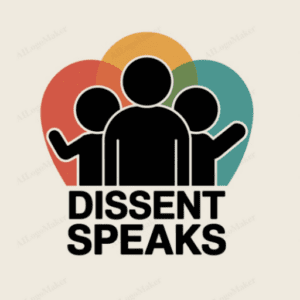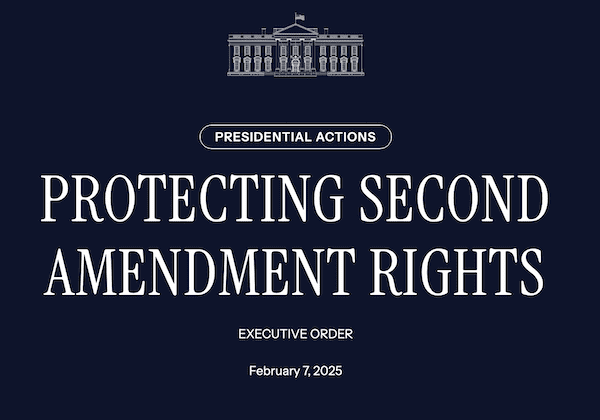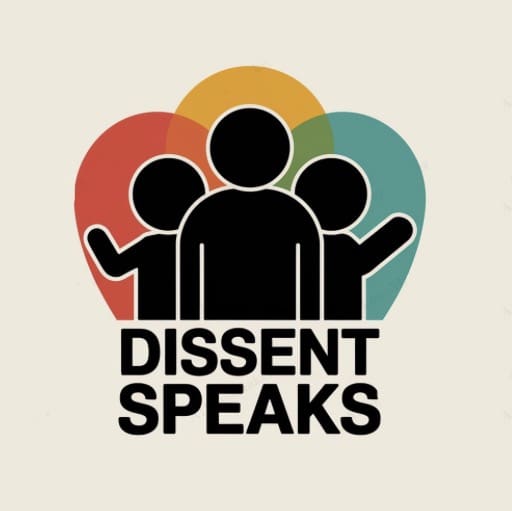On February 7, 2025, President Donald Trump issued an executive order directing a comprehensive review of federal regulations affecting gun rights. This analysis examines the order’s language, potential impacts, and broader implications for American society, while evaluating both its factual basis and messaging.
Language and Framing Analysis
The executive order employs specific rhetorical strategies to frame gun rights as fundamentally linked to American liberty. The order’s opening declaration that “The Second Amendment is an indispensable safeguard of security and liberty” establishes this framework immediately. This language mirrors historical constitutional arguments but goes further by asserting that gun rights are “foundational to maintaining all other rights held by Americans.”
The order’s choice of terms is particularly noteworthy. Rather than using neutral administrative language typical of executive orders, it adopts emotionally resonant phrases like “protect ourselves, our families, and our freedoms” and characterizes the Second Amendment as preserving rights “since the founding of our great Nation.” This framing device connects modern gun ownership to America’s founding era, though historians debate the precise meaning and scope of the Second Amendment as originally understood.
Impact Assessment
Legal and Regulatory Effects
The order’s most immediate impact comes through its directive to Attorney General Pam Bondi to review regulations enacted between January 2021 and January 2025. According to the research documents, this review specifically targets several Biden administration policies:
- ATF rules on unfinished firearm parts
- Restrictions on pistol-braced guns
- Regulations on used gun sales
- The “zero tolerance” policy for licensed gun dealers
As noted in The Reload’s coverage, many of these rules are already subject to legal challenges, with the Supreme Court currently considering the unfinished parts regulation. The executive order could accelerate the reversal of these policies, though any changes would need to follow administrative procedures.
Economic Implications
The research report indicates significant potential economic effects. For the firearms industry, reduced regulatory burden could lower compliance costs and potentially stimulate growth. The National Shooting Sports Foundation’s statement specifically celebrates the prospect of relief for “small businesses” previously “crippled” by regulations.
However, the broader economic impact remains uncertain. As the research notes, potential savings from reduced regulation must be weighed against possible increases in “law enforcement or healthcare expenditures due to an increase in firearm-related incidents.”
Social Impact
The order’s social implications extend beyond immediate policy changes. By characterizing gun rights as “foundational” to other rights, it may influence public discourse around gun ownership and regulation. The research suggests this could affect various communities differently:
- Rural communities might see expanded access to firearms and reduced regulatory oversight
- Urban areas could face different challenges balancing individual rights with public safety concerns
- Law enforcement agencies may need to adapt to changing regulatory frameworks
Factual Basis vs. Messaging
The executive order blends verifiable policy directives with broader ideological claims. While its procedural elements (such as the 30-day review requirement and specific areas for examination) are concrete, its underlying assertions about the relationship between gun rights and other liberties represent political positions rather than established facts.
For example, the order’s claim that gun rights are “foundational to maintaining all other rights” is a political argument rather than a legal or historical consensus. Similarly, while the order describes certain regulations as “infringements,” federal courts have upheld many gun regulations as constitutional.
Recommended Actions for Readers
For citizens seeking to understand and respond to this executive order, several steps are advisable:
- Monitor Implementation: Track the Attorney General’s review process and subsequent policy proposals through official channels.
- Engage with Local Officials: Contact state and local representatives to understand how potential federal policy changes might affect local communities.
- Verify Claims: When evaluating statements about the order’s effects, consult multiple sources, including:
- Official government documents
- Legal analysis from constitutional scholars
- Independent research on gun policy impacts
- Local law enforcement perspectives
- Participate in Public Comment: Once specific regulatory changes are proposed, engage in public comment periods to provide feedback on potential impacts.
Conclusion
This executive order represents a significant shift in federal gun policy, though its full impact will depend on implementation details yet to be determined. While it employs strong rhetorical framing around constitutional rights and personal liberty, the practical effects will emerge through administrative processes and likely legal challenges. Citizens should remain engaged and informed as these changes develop, recognizing that the intersection of constitutional rights and public safety policy requires careful consideration of multiple perspectives and impacts.
The analysis draws heavily from the provided research documents while maintaining an objective stance toward evaluating both the order’s stated intentions and its potential consequences. As this policy shift unfolds, continued monitoring and analysis will be essential to understand its full implications for American society.


